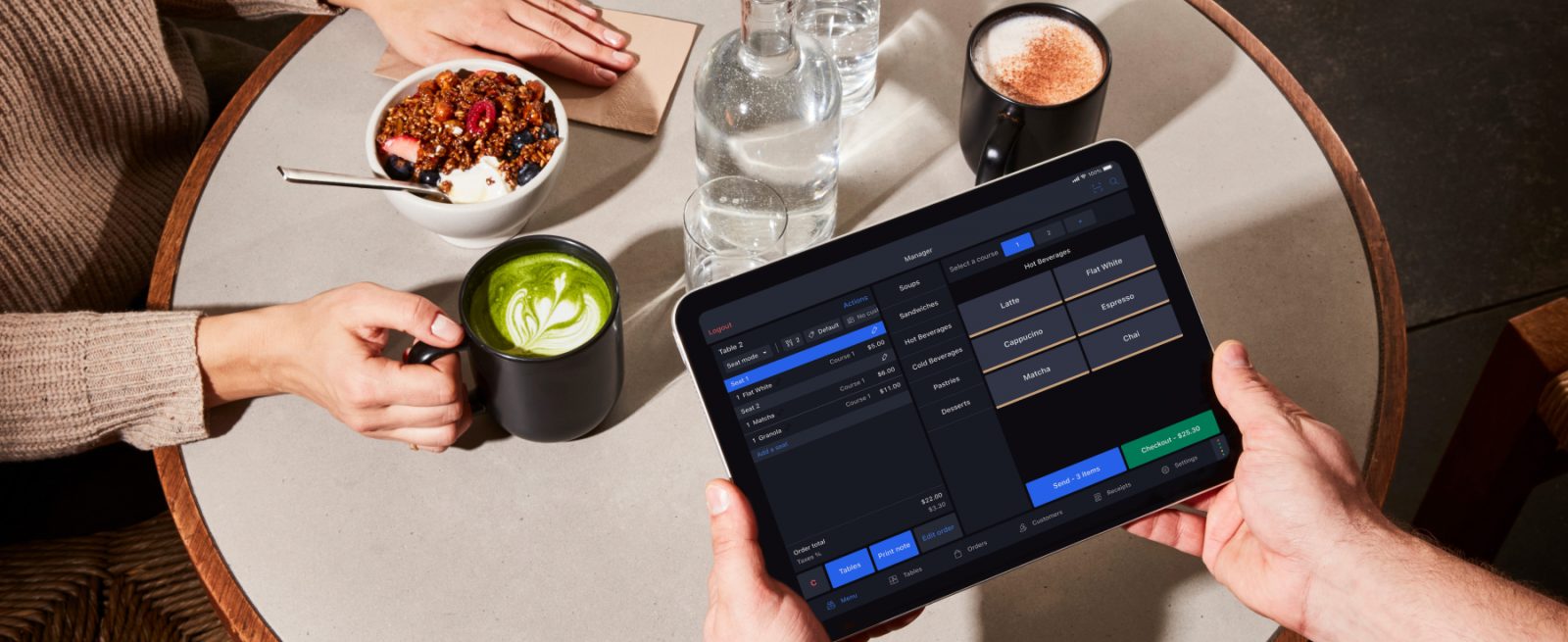Smarter, Faster, More Human: Why AI and Automation Are Transforming Restaurants
4 Min Read By Adoniram Sides
The hospitality industry has always been about delivering great service—but today, that means more than just good food and friendly staff. Restaurant operators are dealing with shrinking margins, labor shortages, and higher guest expectations than ever before. The smartest ones aren’t just adapting—they’re using AI and automation to transform how their businesses run.
This isn’t about replacing people with machines. It’s about taking friction out of operations—so staff can spend more time focused on hospitality, not paperwork.
AI Is the New Secret Sauce in Restaurant Operations
First, let me take a moment to say – AI isn’t just ChatGPT or image generation. Artificial Intelligence doesn’t necessarily mean human-like behavior. Artificial – or maybe more accurately, “machine” intelligence, is rooted deeply in pattern recognition that helps us accelerate or even eliminate tasks that don’t require deep, human thinking (or intuition).
It’s critical for technologists and restaurant industry professionals to understand that AI is simply a new tool that can bridge gaps for us in the heuristics that dominate our everyday lives. Think about your morning routine. Chances are that you wake up and you check your phone for messages. Perhaps you prefer to check your email first, every day. This is an easily recognizable pattern for machines, and one that great technology could automate by providing you a summary notification of the emails you’ve received since yesterday. We should think about these types of patterns any time we say “AI.”
The more restaurants use AI to automate tasks that aren’t core to their business, the more they can reinvest time where it matters—serving guests.
For years, restaurant technology has been about speed and efficiency—faster orders, better scheduling, streamlined payments. But now, AI is shifting from the back office to the front lines of service.
At major chains like McDonald's, AI-powered drive-through systems are reducing order errors, predicting maintenance needs, and cutting waste. That’s a big deal in an industry where every minute of downtime costs money.
For independent restaurants, the same AI-driven efficiency applies. AI-powered scheduling can predict peak hours, optimize labor costs, and help managers stay ahead of demand—without guesswork.
In Europe, tech-driven concepts like Makr Shakr’s robotic bartenders are blurring the lines between automation and hospitality. But the bigger takeaway is this: The more restaurants use AI to automate tasks that aren’t core to their business, the more they can reinvest time where it matters—serving guests.
Great restaurants provide great experiences, and great restauranteurs unfortunately spend many of the hours in each week doing activities that could (and should) be automated, rather than being able to use those hours focusing on what makes their concept or business exceptional.
Automation that Works Behind the Scenes (So Staff Can Focus on Guests)
Many operators still think of automation as robot servers and self-checkout kiosks—but in reality, its impact is much deeper.
For example, Taco Bell is using AI-driven labor and inventory management tools to fine-tune staffing and reduce food waste. Other restaurants are integrating AI into reservations, guest messaging, and even menu pricing—helping them react to demand in real time. Consider the amount of time we spend each day coercing technology to do what we want: the promise of AI is in software that better translates restaurant needs into better restaurant outcomes.
For high-volume restaurants, whether it's a fast-casual spot in New York or a Michelin-starred restaurant in Paris, automation isn’t just about efficiency—it’s about stability. A well-run kitchen means fewer mistakes, less staff burnout, and better guest experiences.
From Data to Dollars: How Restaurants Are Getting More Personal
One of the biggest shifts happening in hospitality? Smarter data use. AI-powered guest insights now allow restaurants to:
● Predict customer preferences and recommend dishes guests are likely to love. Understanding a guest’s preferences allows restaurants to offer curated recommendations, making the ordering process smoother and more personalized. This not only enhances the dining experience but also builds guest loyalty—when diners feel understood, they’re more likely to return and share their positive experiences.
● Optimize pricing strategies based on real-time demand, reducing food waste. Dynamic pricing allows restaurants to adjust menu prices based on factors like inventory levels, time of day, or seasonality. By better aligning pricing with demand, restaurants can move inventory more efficiently, minimize spoilage, and increase margins—turning what used to be a guess into a strategic advantage.
● Customize promotions—shifting from blanket discounts to personalized offers that actually drive revenue. Instead of broad discounts that eat into profit margins, personalized promotions target the right guest with the right offer at the right time. This approach not only increases conversion rates but also helps restaurants retain control over profitability, offering value without devaluing their brand.
● Contactless ordering and AI powered recommendations. QR code menus, digital ordering, and AI-powered recommendations have become standard. But what’s next? Some brands are testing augmented reality menus, where guests can preview dishes in 3D before ordering. Others are using AI to predict demand and dynamically adjust pricing, just like airlines have done for years.
The bottom line: AI doesn’t replace hospitality—it makes great hospitality scalable.
Restaurants that Embrace Change Will Own the Future
For restaurant operators, technology isn’t a trend—it’s a competitive advantage. AI and automation aren’t about making kitchens less human. They’re about making businesses more adaptable.
The question isn’t if the industry will adopt these tools—it’s how quickly operators can integrate them in ways that actually improve service, reduce costs, and make hospitality easier to deliver.
The restaurants that win in this new era won’t be the ones that resist change. They’ll be the ones that use technology to work smarter, and use the time saved to exceed what diners expect.


